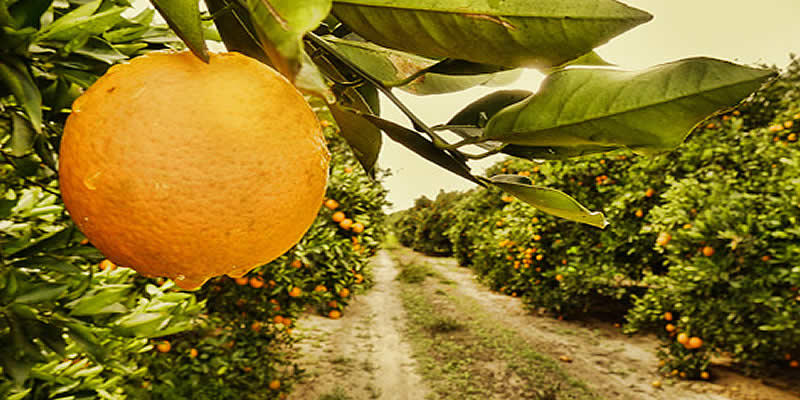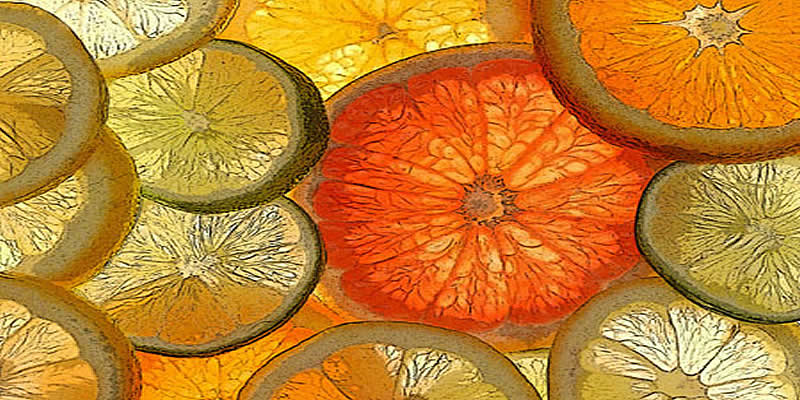The Orange Tree, scientifically called as Citrus Sinensis is an Angiospermae, dicotyledon , evergreen plant which belongs to the class of Sapindales and to the family of Rutaceae, in other words, it belongs to Hesperidaceae.
Ancient Origin
According to Hesiodus Hesperides were nymphs of the Greek Mythology and they were daughters of The Night. Apollodorus the Athenian refers to 4 nymphs, their names were Aegle, Arethusa, Aeritheia, and Estia. Their task was the safe keeping of the golden apples, which were in the garden of the Gods, in the land of Atlas. These trees were given to Hera as a present for her wedding with Zeus by Gaia, maybe that is why the orange is considered as the symbol of fertility and happy married life. The king of Tiryns Euristheas ordered Hercules to bring him the apples of Hesperidae. After a lot of adventures, Hercules achieved to take three golden fruit and gave them to Euristheas who did not want to keep them and gave them back to Hercules. Then Hercules donated the fruit to Goddess Athena, who eventually returned them back to the garden of the Gods, as their theft was an unholy and blasphemous act. From the mythological Apples of Hesperidae comes the general typification of the category of fruit which are called Citrus Trees (Hesperidaceae).
The History of Orange in Argolida.
The connection of orange with Argolida is lost in the mists of time. The first fruit which appeared in Europe was citrus medica. The citrus whose cultivation expanded in Near East and Europe after the Persian Conquests of Alexander the Great. Citrus was known to the Greeks and the Romans. The orange tree was imported from China or according to another version from India and was spread by the Portuguese during the 10th century. The new fruit was named after the name of their country. The kind of Washington Navel or Omphalic of Washington was brought from California to Greece in 1925 by the English botanist Sydney Louis Waller Merlin. It was systematically cultivated for the first time and on a commercial scale in Corfu from Sydney Louis Waller Merlin himself and also was named after him. Apart from the orange trees he also introduced the small Japanese small oranges Koum- Kouat which since then flourish and are cultivated only in Corfu. In the late 19th century the arid plain of Argolis was completely bare. The cultivation of the orange tree began during the interwar when the irrigation of the plain was possible with water from drillings of wells. In this day and age, the cultivation of the orange tree represents about 58 % in our country. In Argolis the cultivation widely spread in the decade of 1950 nowadays it consists of the 70% of the total cultivation. In Greece, there are about 160 varieties of orange trees. The most important are Valencia, Chiou, Artas, Soultani of Fodele, Sanguigno and the most widespread and successful variety Merlin.



